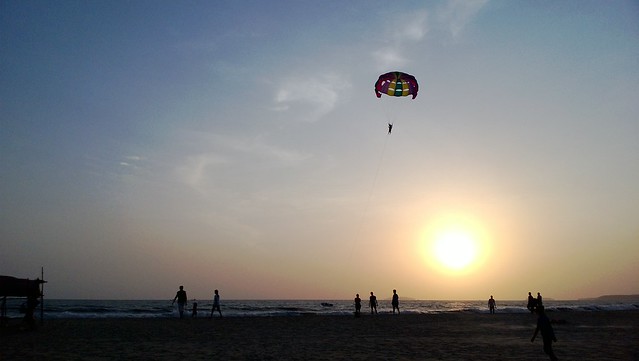In case people are wondering, our own AAWP review of the Lumia 720 has turned into a long term test, with Rafe using the device every day, week after week. When I do eventually manage to strap him to his writing chair, rest assured his verdict will be extremely solid and grounded in real life use.
From Yash's great article:
Smartly enough, Nokia is looking to change this behaviour with the Nokia Lumia 720, a mid range Windows Phone smartphone with a spectacular camera. With a 1GHz dual core processor and 512 MB of RAM, the Lumia 720 is a tier 2 Windows Phone 8 device, which helps reduce the cost of the device and allows Nokia to focus their resources on the camera instead.
The camera sensor on the Lumia 720 is a back side illuminated 6.7 megapixel sensor with the sensor size being 1/3.6” along with Carl Zeiss optics. But the real talking point of the Lumia 720 camera sensor is the aperture size of f/1.9 which is one of the biggest on smartphones. An aperture as big as this allows more light to fall on the camera sensor, which in turn translates to richer low light photos and quicker focusing as more light is falling on the sensor.
I took the Lumia 720 on a trip to Goa recently, and decided to test it in different lighting conditions at different times of the day (and night). The results have me being more than happy, as not only does the camera perform excellently in day time with ample light, as is expected of any Nokia, but the low light performance opens up a whole new genre of photography for users which was not possible at this price point before!
You can read the rest of the article here.
It's interesting how camera apertures are getting larger and larger (relative to the sensor size) - you may be tempted to ask why manufacturers haven't used large apertures before if this sort of performance is possible? The answer is that there are some downsides to larger apertures - depth of field drops dramatically, requiring very precise, expert focussing, plus there's greater chance of optical distortions and/or vignetting. Now, smartphone processing power has meant more faster and more accurate focussing, plus current lens expertise has enabled more and more complex optics that can cope better. I wouldn't expect apertures to rise in size any further, though, f/1.9 surely can't be far off the limit?


